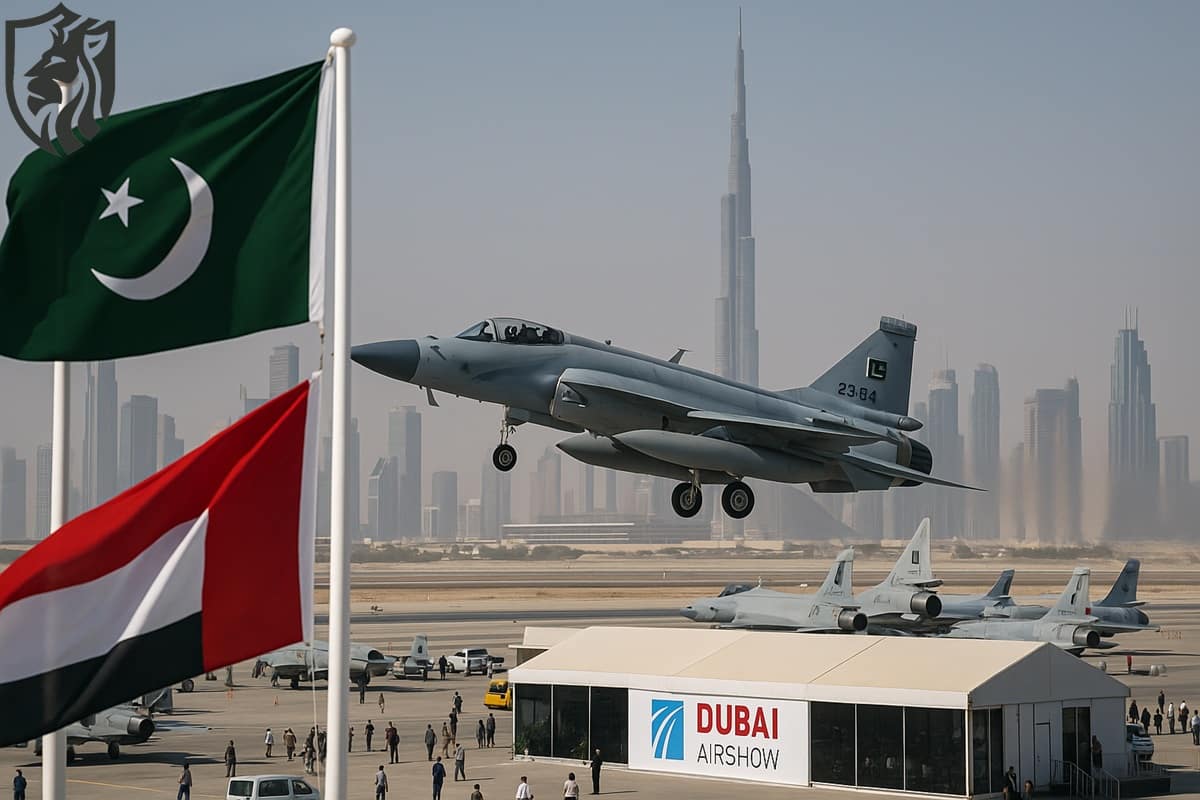
Nobody in the USSR knew that its potential enemy had dozens of Soviet fighters in combat service. This clandestine reality unfolded as the United States secretly built a squadron of Soviet aircraft for advanced aerial combat training. Known as the Red Eagles, this effort provided American pilots with unparalleled exposure to enemy technology, ensuring superior preparedness during conflicts.

During the Cold War, aerial combat training became a critical part of military pilot development. Many nations created specialised “aggressor” squadrons to simulate potential enemy tactics. However, these units typically relied on domestic aircraft mimicking foreign capabilities. The U.S. Air Force, through its classified “Constant Peg” program, took a groundbreaking approach. Nobody in the USSR knew that its potential enemy had dozens of Soviet fighters in combat service, acquired from nations like Indonesia, Somalia, and Egypt.

The Birth of the Red Eagles
In 1977, Colonel Gail Peck and General Hoyt S. Vandenberg Jr established the 4477th Test and Evaluation Squadron, famously called the Red Eagles. They aimed to provide realistic combat training, recognising that American pilots had struggled against Soviet aircraft during the Vietnam War. Nobody in the USSR knew that its potential enemy had dozens of Soviet fighters in combat service, collected from diverse sources. Yugoslavia, Israel, and China played crucial roles, with the latter supplying Chengdu J-7 fighters, a Chinese variant of the MiG-21.
Indonesia and Somalia were pivotal contributors, offering Soviet aircraft acquired during their socialist alliances. However, many of these planes were defective. For instance, Indonesia provided four MiGs, from which they painstakingly reassembled only one operational aircraft. Despite these challenges, the Red Eagles operated a fleet that included MiG-17s (‘Fresco’), MiG-21s (‘Fishbed’), and MiG-23s (‘Flogger’).

Overcoming Maintenance Challenges
Nobody in the USSR knew that its potential enemy had dozens of Soviet fighters in combat service, maintained with ingenuity and secrecy. These aircraft lacked technical manuals, forcing engineers and pilots to learn through trial and error, often at significant risk. CIA operatives from Eastern Europe covertly sourced rare parts, while General Electric specialists managed basic maintenance.

The MiG-23s posed the greatest challenge, both mechanically and operationally. The pilots praised their speed but criticised their instability and complex controls. They only allowed seasoned pilots with extensive MiG-21 experience to fly them. Tragically, these challenges led to fatalities, including the loss of Lieutenant General Robert Bond in 1984 during a MiG-23 flight.
Cloaked in Secrecy
The public knew about traditional “aggressor” squadrons, but the Red Eagles’ operations remained shrouded in secrecy. Nobody in the USSR knew that its potential enemy had dozens of Soviet fighters in combat service, meticulously hidden from Soviet surveillance. The Red Eagles concealed MiGs during satellite overflights at the Nellis Air Force Base and the Tonopah Test Range in Nevada. Specialised hangars and camouflage covers ensured their presence remained undetected. The notorious Groom Lake area, commonly referred to as Area 51, hosted training missions in restricted airspace ironically named ‘Red Square’.

Training for Superiority
The Red Eagles provided invaluable combat training to U.S. Air Force, Navy, and Marine Corps pilots. Nobody in the USSR knew that its potential enemy had dozens of Soviet fighters in combat service, enabling American pilots to engage in authentic dogfight scenarios. Training sessions followed structured patterns, such as one-on-one, two-on-two, and two-versus-one engagements. Pilots also practised defending strategic bombers like the B-52 and transport aircraft like the C-130 Hercules.

The primary objective wasn’t victory but education. Red Eagles pilots demonstrated the strengths and vulnerabilities of Soviet aircraft, teaching their counterparts how to exploit these factors in battle. The psychological impact was significant. Many trainees initially struggled to process the sight of a MiG, leading to mistakes. Major Francis ‘Paco’ Geisler recalled how encountering a MiG-17 left him stunned and unprepared, a humbling yet transformative experience.
Operational Decline
By the late 1980s, advancements in Soviet aviation rendered the Red Eagles less relevant. The USSR was unaware that its potential enemy had dozens of Soviet fighters in combat service, but the introduction of fourth-generation jets such as the MiG-29 brought about an important change. Funding constraints and shifting military priorities also contributed to the programme’s conclusion.

The final flights of the 4477th Squadron’s MiGs occurred on 4 March 1988. The unit was officially disbanded in 1990. Most aircraft were stored, displayed in museums, or repurposed as training targets. Despite its closure, the Red Eagles’ legacy endured. General Herbert J. ‘Hawk’ Carlisle, a former squadron commander, credited the programme with significantly improving U.S. combat readiness, as evidenced during Operation Desert Storm.
Legacy of the Red Eagles
Nobody in the USSR knew that its potential enemy had dozens of Soviet fighters in combat service, a secret that transformed American military aviation. The Red Eagles provided a unique training platform, bridging the gap between theoretical knowledge and real-world combat scenarios. This initiative strengthened American air superiority and underscored the strategic value of innovation and preparedness during the Cold War.

References and Further Reading
- Peck, Gail & Vandenberg, Hoyt. “The Red Eagles: America’s Secret MiG Squadron”.
- Carlisle, Herbert J. “Desert Storm Tactics: The Red Eagles’ Legacy.”
- Military Aviation History
- Nellis Air Force Base
- Cold War Aircraft Secrets










